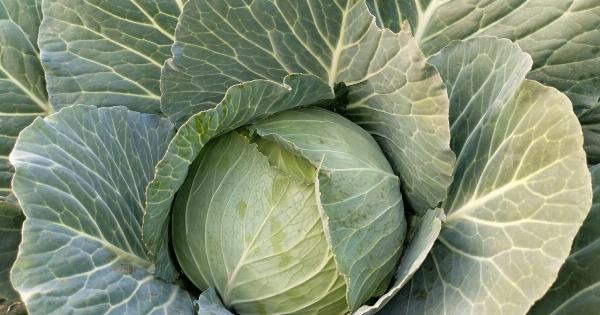There is growing evidence to suggest that waist size can be used as a predictor of cancer likelihood.
Research studies have consistently shown a strong association between abdominal obesity, as measured by waist circumference, and an increased risk of developing various types of cancer.
The Link Between Obesity and Cancer
Obesity has long been recognized as a significant risk factor for numerous chronic diseases, including cardiovascular disease, diabetes, and certain types of cancer.
The excess adipose tissue in obese individuals releases various hormones and inflammatory substances that can promote the growth of cancer cells.
However, recent studies have demonstrated that waist circumference alone can independently predict cancer risk, even in individuals with a normal body mass index (BMI).
This suggests that abdominal obesity is a more accurate predictor of cancer likelihood compared to overall body weight or BMI.
Research Findings
A comprehensive study published in the British Medical Journal analyzed data from over 43,000 participants and revealed a strong correlation between waist circumference and cancer risk.
The results showed that individuals with a larger waist circumference had a significantly higher risk of developing cancer, even after accounting for other factors such as age, sex, smoking status, and BMI.
Furthermore, the study found that the association between waist circumference and cancer risk was consistent across different types of cancer, including colorectal, breast, prostate, and pancreatic cancer.
This indicates that abdominal obesity is a universal risk factor for various forms of cancer.
Another study conducted by researchers at the American Cancer Society examined the waist size of over 500,000 individuals.
The findings revealed that men with a waist circumference greater than 40 inches and women with a waist circumference greater than 35 inches had a significantly higher risk of developing cancer compared to individuals with a smaller waist size.
Interestingly, the association between waist size and cancer risk remained significant even after adjusting for BMI.
This suggests that waist circumference provides unique information about the distribution of body fat and its impact on cancer development.
Possible Mechanisms
There are several mechanisms through which abdominal obesity may contribute to an increased risk of cancer. One of the key mechanisms is the production of excess estrogen in adipose tissue.
Estrogen has been implicated in the development of various hormone-related cancers, including breast and endometrial cancer.
Adipose tissue also produces inflammatory substances called adipokines, which can promote chronic inflammation. Chronic inflammation has been linked to the development and progression of cancer.
In addition, abdominal fat is associated with insulin resistance and elevated insulin levels. High insulin levels can stimulate cell growth and increase the risk of cancer development.
Implications and Recommendations
The findings regarding the association between waist size and cancer risk have significant implications for public health initiatives and cancer prevention strategies.
Simply measuring waist circumference can provide valuable information about an individual’s risk of developing cancer, regardless of their overall body weight.
Healthcare professionals should consider waist size as an additional screening tool for cancer risk assessment. Routine measurement of waist circumference can help identify individuals who may benefit from further evaluation or preventive measures.
Additionally, these findings emphasize the importance of adopting a healthy lifestyle that includes regular physical activity and a balanced diet to maintain a healthy waist size.
Engaging in regular exercise and consuming a diet rich in fruits, vegetables, whole grains, and lean proteins can help reduce abdominal obesity and lower the risk of cancer.
It’s important to note that waist circumference alone should not be used as the sole indicator for cancer risk. Other factors, such as family history, age, and lifestyle choices, should also be taken into account.
Conclusion
Abdominal obesity, as measured by waist circumference, appears to be a strong predictor of cancer likelihood.
The association between waist size and cancer risk extends beyond overall body weight or BMI, indicating that the distribution of body fat plays a crucial role in cancer development.
Regular measurement of waist circumference and incorporating it into cancer risk assessments can help identify individuals who may benefit from early detection efforts and lifestyle modifications.
Maintaining a healthy waist size through a balanced diet and regular exercise is an important step in reducing the risk of cancer and promoting overall health.





























